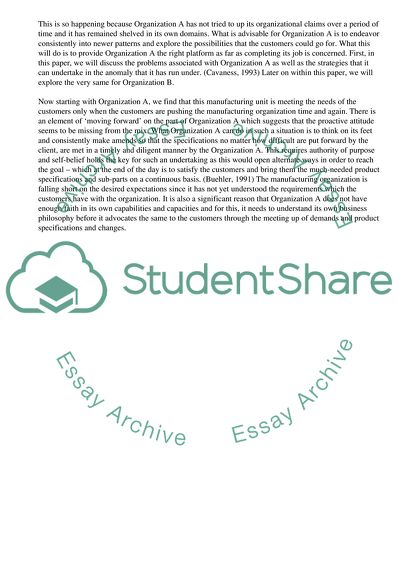Cite this document
(Quality Management in Healthcare Facilities Case Study - 7, n.d.)
Quality Management in Healthcare Facilities Case Study - 7. Retrieved from https://studentshare.org/management/1543428-operations-management
Quality Management in Healthcare Facilities Case Study - 7. Retrieved from https://studentshare.org/management/1543428-operations-management
(Quality Management in Healthcare Facilities Case Study - 7)
Quality Management in Healthcare Facilities Case Study - 7. https://studentshare.org/management/1543428-operations-management.
Quality Management in Healthcare Facilities Case Study - 7. https://studentshare.org/management/1543428-operations-management.
“Quality Management in Healthcare Facilities Case Study - 7”. https://studentshare.org/management/1543428-operations-management.


